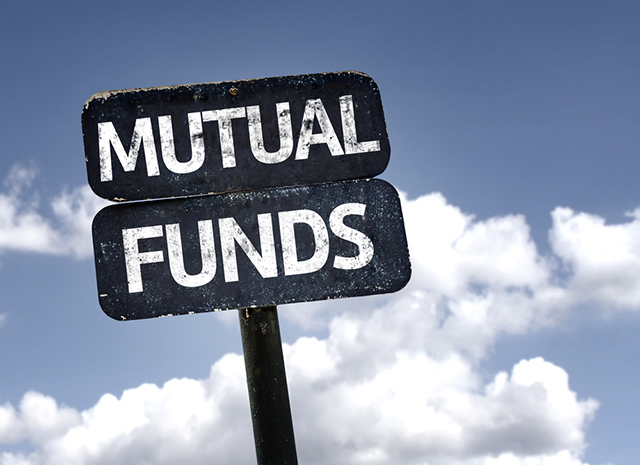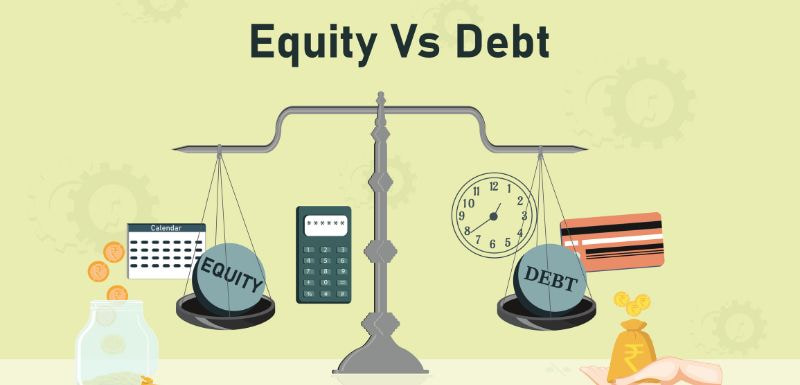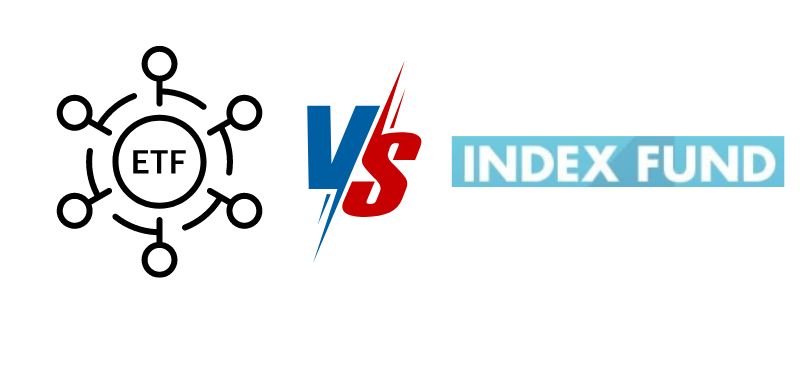A Quick Look At The Different Types of Mutual Fund Investments

Understanding the different types of Mutual Funds—Equity, Debt, Hybrid, ETFs, and International Funds—helps investors choose the right investment strategy based on risk appetite, financial goals, and market conditions.
Mutual Fund Investments can be quite confusing for first time investors who are looking to migrate away from traditional investments such as Fixed Deposits or Postal Schemes. With a few thousand schemes in existence today, it’s critical for new investors to acquaint themselves with the nuances of different types of Mutual Fund Investments. Only then can you decide which Mutual Fund is ‘sahi’ for your unique requirements! Here are the basics of each type of Mutual Fund Investment, to help you decide which one suits you best.
Equity Funds
Equity Funds invest into stocks of various companies. Depending upon the fund’s mandate, they can invest into larger, more established companies such as Infosys, ICICI Bank and L&T, or smaller, emerging companies such as Voltas, Hexaware Technologies or Ramco Cements. Equity Funds can be ‘diversified’ into many different sectors, or focusing on one particular sector, such as banking – or theme, such as infrastructure. In the long run, Equity Mutual Fund Investments have the highest potential for wealth creation, but this comes at the cost of a high risk of capital loss, especially in shorter time frames. The best way to invest into Equity Mutual Funds is through SIP’s (Systematic Investment Plans). A specific subcategory of Equity Funds called ELSS (Equity Linked Savings Schemes) allows for a tax deduction under Section 80 C, and has grown in popularity in recent times.
Debt Funds
As the name suggests, Debt Funds invest your money into various kinds of bonds. These bonds could range in duration from as short as one day to as long as twenty years! Debt Funds, being less volatile than Equity Funds, are suitable for conservative investors. However, they carry their own unique set of risks. Bonds, like stocks, also fluctuate in price basis numerous global and local factors. Some of the factors that could influence bond prices are inflation, global liquidity and the overall macro situation in our country. Debt Mutual Funds that invest into longer duration bonds or lower rated bonds are higher risk than the ones that invest into short term bonds that are highly rated. Investors can aim for higher than FD returns from their Debt Mutual Fund Investments, but they need to acquaint themselves with the risks involved before investing.
Hybrid Funds
Hybrid Funds aim to combine the best of both worlds, by fusing together stocks and bonds in a fixed ratio of say 60:40 or 25:75. The higher the equity component of a hybrid fund, the higher its risk; and return potential. Moderate Risk investors who have a time horizon of 3-5 years may consider Hybrid Mutual Fund Investments. A specific category of Hybrid Mutual Fund Investments called “Dynamic Asset Allocation” funds exists. These funds aim to rebalance their portfolios at fixed intervals based on valuation indicators, thereby enabling a type of automated profit booking mechanism within its portfolio, and also safeguarding more mercurial investors from their tendency to succumb to fear and greed while investing. Hybrid Funds that are equity oriented in nature tend to carry a fairly high degree of risk, and are therefore unsuitable for most retirees and conservative investors.
ETF’s
ETF’s or Exchange Traded Funds have only recently started catching the fancy of individual investors. Still in their nascent stages, ETF’s aim to combine the characteristics of stocks and mutual fund investments. ETF’s are traded on stock exchanges, and the price of an ETF unit fluctuates basis the price of an underlying asset, such as Gold, or the combined weighted average price of a portfolio of stocks – for instance, the recently launched ICICI Prudential Bharat 22 ETF. While ETF’s tend to be less costly to own than normal Mutual Fund Investments, they also carry with them liquidity risks that could make it difficult to execute large orders. ETF’s tend to do well in secular bull markets, whereas they tend to underperform regular Mutual Fund Investments during ‘stock picker’ markets that reuire more precise analysis and evaluation
International Funds
International Funds invest into stocks in other countries, such as China, Japan, U.S and Brazil, using a mechanism known as ‘feeder’. Under this mechanism, funds are collected and pooled in locally, and remitted to a foreign fund that is managed by the same Asset Management Company. Returns from International Funds are difficult to predict, as they combine stocks from multiple regions, thereby amplifying Fund Manager Risk. Investments into International Mutual Funds can be a useful hedge to your domestic holdings, but they should ideally not exceed 10-15% of your overall portfolio. Their added layer of currency risk, and tax inefficiency, dampen them a little bit in front of their domestic counterparts. Nonetheless, International Funds have performed well as a whole (barring Gold Funds), in 2017.
Your Investing Experts
Relevant Articles
How To Select The Best Mutual Funds For Long Term Goals
Mutual funds offer a compelling way to invest for long-term goals, leveraging professional management and diversification to potentially achieve significant returns. But with a vast array of options available, selecting the best mutual funds for the long term can feel daunting. This guide will equip you with the knowledge to confidently navigate the mutual fund landscape and learn how to select the best mutual fund aligned with your long-term aspirations.
Understanding Debt and Equity Funds: Key Differences and Benefits
Investors can choose from different types of mutual funds depending on factors like investment time horizon, return expectation, lock-in period, taxation, risk involved, etc. You can look at equity funds for growth and debt funds for stability. In this article, we will understand what are equity funds and debt funds, the difference between equity and debt mutual funds, and things to consider before choosing these funds.
ETFs Versus Index Funds: What Are the Differences, and Which One Should You Choose?
In the last few years, there has been a rise in passive investing due to factors like diversification, low costs, wide availability and choice of passive funds, ease of investing, etc. When it comes to passive investing, there are two ways of doing it. Exchange traded funds (ETFs) and index funds. In this article, we will understand what are ETFs and index funds, the differences, and which one you should choose.
.png)


